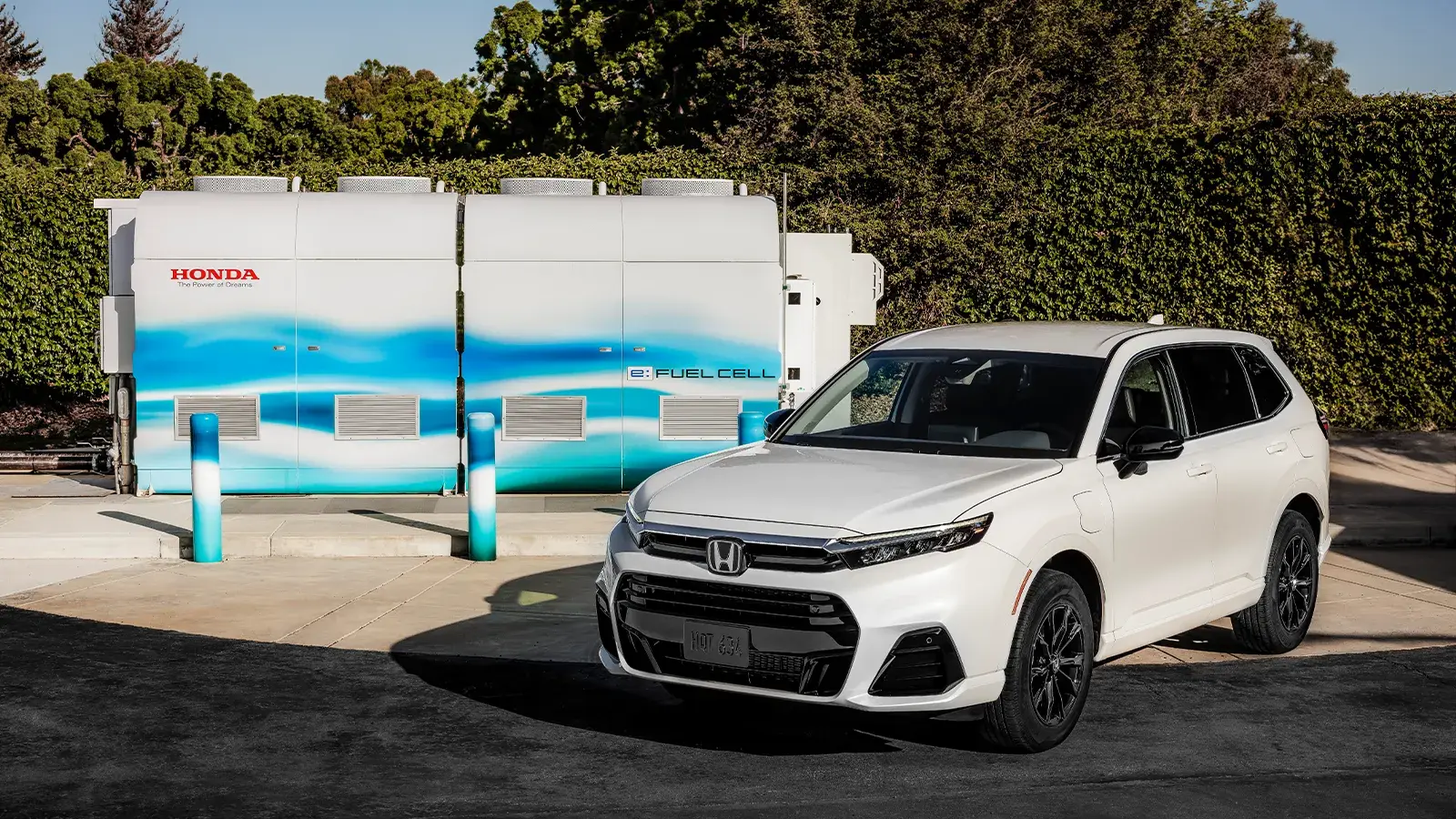Choosing the Right Option for Your Driving Needs
Fuel-efficient vehicles come in many forms, from advanced hybrids to traditional gas-powered models with smart engineering. Understanding how each type works and what it offers can help you make an informed choice that saves money and fits your lifestyle.
This guide compares the most common categories of fuel-efficient vehicles to help you weigh their benefits and decide which path to take.
1. Gas-Only Fuel-Efficient Vehicles
These vehicles use traditional internal combustion engines but are designed with efficiency in mind. They often feature smaller engines, lighter bodies, and aerodynamic styling to maximize MPG.
Good Fit For:
- Drivers without access to charging
- Those seeking lower upfront vehicle costs
- Anyone who prefers a familiar driving and fueling experience
Pros:
- Widely available new and used models
- Lower purchase price than hybrids or EVs
- No charging infrastructure needed
Cons:
- Dependent on fluctuating gas prices
- Higher lifetime fuel and maintenance costs
- Still produces tailpipe emissions
Examples: Mitsubishi Mirage, Hyundai Elantra, Honda Civic

2. Hybrid Electric Vehicles (HEVs)
Hybrids combine a gasoline engine with an electric motor and a small battery pack. They use regenerative braking to charge the battery and optimize power delivery between gas and electric modes. You never need to plug them in.
Good Fit For:
- Commuters who want better MPG
- Drivers who value simplicity and savings
- Anyone who wants to reduce emissions without changing daily habits
Pros:
- Excellent fuel economy, especially in city driving
- No need to charge
- Quiet and smooth operation
Cons:
- Limited electric-only range
- Slightly higher purchase price than gas-only vehicles
Examples: Toyota Prius, Honda Accord Hybrid, Hyundai Elantra Hybrid
3. Plug-In Hybrid Electric Vehicles (PHEVs)
Plug-in hybrids offer larger batteries than regular hybrids and can drive short distances using electric power alone (20 – 60 miles depending on make and model). They switch to gasoline once the battery is depleted and can be recharged from a home outlet or public station.
Good Fit For:
- Drivers with short daily commutes
- Anyone with access to charging at home or work
- People who want electric driving with gas backup
Pros:
- Electric-only range reduces gas use
- Rebates may apply
- Smooth transition between electric and gas modes
Cons:
- Requires regular charging to realize full benefit
- Heavier and more complex than HEVs
- Higher upfront cost
Examples: Toyota RAV4 Prime, Chrysler Pacifica Hybrid, Ford Escape PHEV
4. Battery Electric Vehicles (BEVs)
Electric vehicles run only on electricity. They produce no tailpipe emissions and require charging through Level 1, Level 2, or DC fast chargers. Many newer models now offer long ranges (up to 500 miles) that meet most driving needs.
Good Fit For:
- Drivers with reliable access to home or workplace charging
- Anyone looking to eliminate gasoline use
- Those interested in the lowest maintenance and fuel costs
Pros:
- Zero emissions
- Quiet and quick performance
- Fewer moving parts, lower maintenance costs
Cons:
- Higher initial cost, though incentives may apply
- Charging infrastructure may be a concern for some
- Range varies by model and weather conditions
Examples: Tesla Model 3, Chevrolet Bolt, Hyundai Ioniq 5

Quick Comparison Overview
Gas-Only Fuel-Efficient Vehicles
These cars run entirely on gasoline and do not require charging. They offer no electric-only driving range and still produce tailpipe emissions. They are best for drivers who want simplicity, a lower upfront cost, and no need to change their fueling routine.
Hybrid Electric Vehicles (HEVs)
Hybrids use a combination of gasoline and a small battery. They do not require charging and offer very limited electric-only range. Emissions are lower than traditional gas vehicles, and they are well-suited for drivers who want better fuel economy without altering their routine.
Plug-In Hybrid Electric Vehicles (PHEVs)
Plug-in hybrids combine a larger battery with a gas engine. They can drive 20 to 50 miles on electricity alone and require charging to get the most benefit. Emissions are low, and they are ideal for drivers with short commutes and access to home or workplace charging who want flexibility for longer trips.
Battery Electric Vehicles (BEVs)
These cars run solely on electricity and must be charged regularly. They typically offer between 100 and 400 or more miles of range on a full charge and produce zero tailpipe emissions. BEVs are best for drivers with reliable access to charging and a desire to eliminate gasoline use entirely.
Which Fuel-Efficient Option Is Best for You?
Start by asking yourself:
- Do I want to avoid charging altogether, or do I have access to charging at home?
- How far do I typically drive in a day?
- Am I trying to maximize savings at the pump, reduce my environmental impact, or both?
- Do I need something for city commuting, long road trips, or a mix of both?
Each fuel-efficient vehicle type brings unique strengths. Whether you want an easy transition with a hybrid, flexible driving with a plug-in hybrid, or full electric benefits, there is an option that can meet your needs.
You’ve Completed the Fuel-Efficient Vehicles Course
Continue your learning with more GreenCars guides:
← Go Back: Popular Fuel-Efficient Vehicle Options
Explore More Courses: GreenCars 101 →












